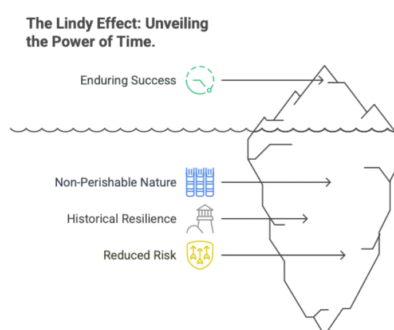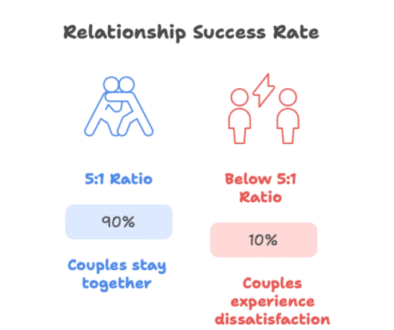Black Swan Preparation: How to Navigate the Unpredictable
In a world where uncertainty is the only certainty, Black Swan events—rare, unpredictable, and high-impact occurrences—can disrupt economies, markets, and even personal lives. From the 2008 financial crisis to the COVID-19 pandemic, history has shown that these events reshape reality in ways we never anticipate.
But can we prepare for the unpredictable? The answer is yes—not by predicting the next crisis, but by building resilience, flexibility, and antifragility. In this blog, we’ll explore what Black Swan events are, historical examples, and actionable strategies to mitigate their impact.
What Is a Black Swan Event?
Coined by Nassim Nicholas Taleb in his 2007 book The Black Swan, the term describes an event that:
1. Is a surprise (outside the realm of regular expectations).
2. Has a massive impact (reshapes industries, economies, or societies).
3. Is rationalized in hindsight (people claim it was predictable after it happens) .
The name originates from the ancient belief that all swans were white—until black swans were discovered in Australia, shattering long-held assumptions. Similarly, Black Swan events defy conventional forecasting models.
Examples of Black Swan Events
– Financial Markets: The 2008 housing crash, the FTX collapse (crypto), and the 2020 COVID-19 market crash .
– Technology: The rise of the internet and AI—unforeseen revolutions that transformed society .
– Geopolitical: 9/11, the Ukraine-Russia war, and the fall of the Soviet Union .
Why Traditional Risk Models Fail
Most risk assessments rely on Gaussian (bell-curve) models, assuming extreme events are so rare they can be ignored. But Taleb argues that in “Extremistan” (domains like finance, tech, and geopolitics), outliers dominate—making traditional models dangerously inadequate .
Key Cognitive Biases That Blind Us
– Narrative Fallacy: We create stories to explain randomness, making past events seem predictable.
– Ludic Fallacy: Mistaking simplified models (like games) for real-world complexity.
– Survivorship Bias: Focusing only on success stories while ignoring failures .
Why Prepare for Black Swan Events?
Although these events are, by definition, impossible to predict using traditional statistical models, their effects are so large that failing to prepare can be catastrophic:
– They reveal vulnerabilities in supposedly robust systems.
– Their impact often extends far beyond the immediate context, causing systemic and sometimes global repercussions.
– The increasing interconnectedness and complexity of modern systems may be making Black Swan events more frequent and impactful.
Strategies for Black Swan Preparedness
While you can never predict every specific Black Swan, you can prepare to minimize damage, adapt rapidly, and increase your resilience. Here’s how:
1. Build Organizational and Personal Resilience
– Diversify systems: Avoid relying on a single supplier, market, or process.
– Create redundancy: Maintain spare capacity (backup systems, emergency funds, alternative suppliers.
– Decentralize decision-making: Enable quick and localized responses to crises.
2. Horizon Scanning and Scenario Planning
– Horizon scanning: Continuously monitor for emerging trends and weak signals that could foreshadow disruption.
– Scenario planning: Imagine a variety of extreme, plausible futures and test your readiness for each.
3. Stress Testing and Risk Assessment
– Stress test systems: Regularly simulate extreme scenarios to identify weaknesses.
– Portfolio approach to risk: Treat risks as interconnected, not isolated—integrate risk management with core business strategy.
4. Prepare and Practice Response Plans
– Decision protocols: Designate quick-response teams and clarify leadership roles for crisis situations.
– Business continuity plans: Pre-plan alternative operations—such as secondary office locations, suppliers, or funding sources.
– Communication plans: Ensure transparent and timely communication with all stakeholders during a crisis.
5. Foster a Culture of Learning and Adaptation
– Continuous improvement: After each crisis, analyze what worked, what failed, and update your protocols.
– Adaptive mindset: Encourage openness to change and the ability to pivot when facing new information or threats.
6. Monitor Early Warning Indicators
– Track data and trends: Use technology and analytics to watch for early signs of disruption (even if specific events can’t be predicted).
– Establish criteria for risk recognition: Set triggers for when contingency plans should be activated.
7. Financial Preparedness
– Maintain liquidity: Have emergency funds and credit available.
– Diversify investments: Spread risk across asset classes, geographies, and sectors.
Final Thoughts: Embrace Uncertainty
Black Swan events remind us that the world is unpredictable, but not unmanageable. By diversifying, planning for extremes, and building antifragile systems, we can not just survive but thrive in disruption.
As Taleb says:
As Taleb says: “The fool tries to predict the storm; the wise man builds a ship that can weather any storm.”



